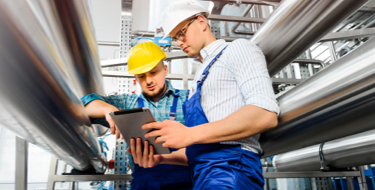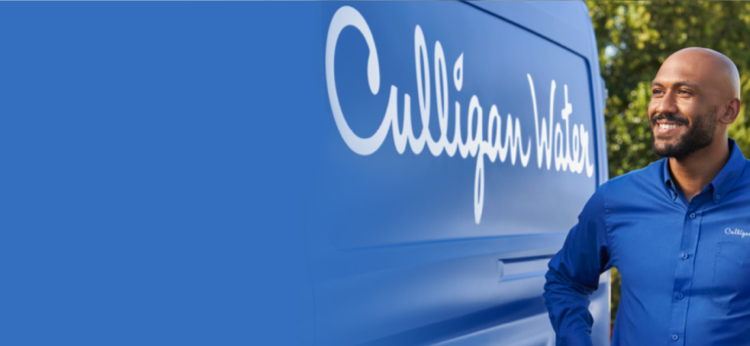With commercial and industrial
reverse osmosis systems, water flows across a semipermeable membrane that separates the water from contaminants as small as a single atom. Some of these contaminants include silica, hardness, sodium, lead, mercury and chromium, among many others — all of which can affect taste and scale equipment. Typically, the reverse osmosis process is combined with additional equipment, including sediment filters, carbon filtration, softening or other specialty pretreatment stages. By providing your business with higher-quality water, you can keep operating and maintenance costs low.




